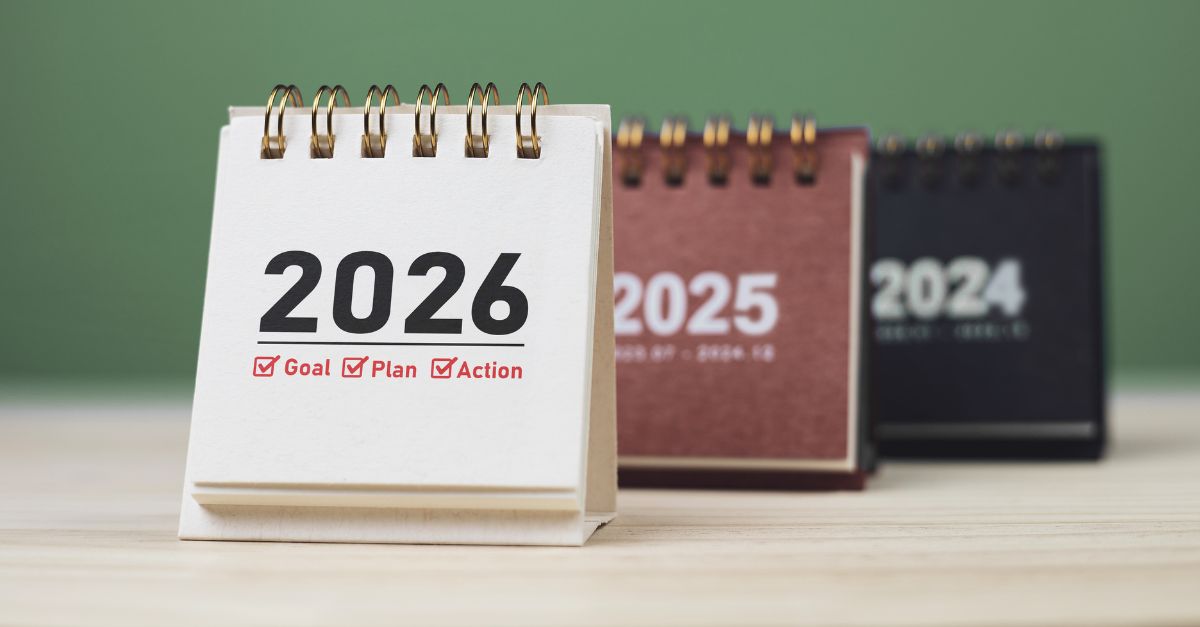
- May 02, 2025
- Debbie Hayes
SSL / TLS Certificates to Reduce From 398 Days to 47 Days – What’s Next?
SSL / TLS certificate lifespans are decreasing from 398 to 47 days by 2029, but what steps can you take now to get prepared?

SSL / TLS certificate lifespans are decreasing from 398 to 47 days by 2029, but what steps can you take now to get prepared?
With SSL / TLS certificate lifespans decreasing to 47 days by 2029, SAN Licensing offers a flexible future-ready alternative.
This blog looks at how Verified Mark Certificates provide organizations with email authenticity and security and improve trust in digital communications.

Artificial Intelligence (AI) has become a transformative force across various industries, revolutionizing the way we live and work. From improving…
From 1 September 2023, the new CA/B Forum Baseline Requirements come into effect, are you ready? Read on to learn more
PKI For Businesses: With the progressive evolution of the internet, ensuring the security of businesses' online presence has become an increasingly…

Artificial Intelligence (AI) has become a transformative force across various industries, revolutionizing the way we live and work. From improving healthcare to optimizing transportation, AI's capabilities are awe-inspiring. However, amid the advancements, it is crucial to recognize and comprehend the potential dangers that accompany this powerful technology. This blog sheds light on the importance of understanding AI risks and explores six potential dangers of artificial intelligence.
The Basic Requirements (BR) describe the minimum allowed settings and configurations for S/MIME. Read this blog for more information.
PKI For Businesses: With the progressive evolution of the internet, ensuring the security of businesses' online presence has become an increasingly formidable task, owing to the relentless advancements in cyber threats. While the battle against cyber threats remains ongoing, the risk can be significantly mitigated by incorporating Public Key Infrastructure (PKI) into your business strategy. Now before we dive deeper, let us try to understand the meaning of a Public Key Infrastructure (PKI)?

Explore the top PKI and cybersecurity trends shaping 2026, including AI threats, certificate changes, and digital trust predictions.
Discover how Mark Certificates improve email trust, protect brands, and display logos with BIMI and DMARC.
Discover how certificate automation reduces IT stress, prevents outages, and helps teams stay secure and compliant without burnout.
A forward-looking breakdown of the top PKI and cybersecurity trends expected to define 2026, from AI-driven threats to changes in certificate issuance and digital trust.
Learn how BIMI works, why it matters for brand trust, and how Mark Certificates bring your logo into inboxes like Gmail and Yahoo.
How Ransomware-as-a-Service has transformed cybercrime into a scalable business model, and what organizations can do to defend against it.
Learn how Mark Certificates boost email trust, protect against spoofing, and display your verified brand logo in inboxes.
The maximum validity period for Code Signing Certificates is decreasing, but what does this mean for you? Discover more in our blog.
Learn how to recognize online tax return scams, spot phishing attempts, and strengthen digital security with PKI, SSL/TLS, and certificate-based solutions.
Email is more vulnerable than ever, and spoofing is one of the leading ways that attackers are compromising businesses. Find out what it is and how to prevent them.
Imagine a world without encryption. This blog explores why encryption is essential, what changes are coming to SSL/TLS certificates, and why automation is critical.
IT teams face mounting stress from constant certificate renewals, outages, and compliance risks. Learn how automation can reduce burnout and improve security.
Discover the key differences between DevOps and DevSecOps—and why integrating security early is crucial to modern software development.
Short-lived SSL/TLS certificates are key to crypto-agility and quantum readiness. Learn how 47-day validity connects to Post-Quantum Cryptography.
Discover how the CA/B Forum shapes internet trust, from SSL/TLS changes to post-quantum readiness. Insights from GlobalSign’s Arvid Vermote.
Digital certificate requirements are complex, and manual methods are no longer sustainable. GlobalSign's LifeCycleX was built with this reality in mind.
Automate SSL/TLS for Kubernetes with GlobalSign’s ACME and cert-manager for secure, scalable certificate management.
SSL / TLS certificate lifespans are shrinking fast, manual management won’t keep up. Learn why automation is now critical for uptime, compliance, and security.